Need a curry powder substitute? You don't need to run to the store—these 10 pantry staples can replace it instantly. Here's how to use each one for perfect flavor in any dish.
| Substitute | Heat Level | Main Flavor Notes | Best For |
|---|---|---|---|
| Garam Masala | Low | Warm, sweet, aromatic | Rice dishes, mild curries |
| Turmeric + Cumin + Coriander | Low | Earthy, nutty | Vegetable stir-fries, lentils |
| Panch Phoron | Medium | Toasted, savory | Fried veggies, dal |
| Mild Chili Powder | Medium-High | Smoky, spicy | Tomato-based sauces, grilled meats |
| Garam Masala + Turmeric | Low-Medium | Golden warmth | Rice, soups |
| Madras Curry Powder | High | Spicy, tangy | Coconut milk curries, chutneys |
| Harissa | High | Smoky, peppery | Grilled fish, couscous |
| Cajun Seasoning | Medium-High | Garlicky, paprika-forward | Jambalaya, blackened chicken |
| Berbere | High | Spiced, herbal | Ethiopian dishes, lamb |
| Homemade Curry Mix | Customizable | Customizable | All-purpose |
When to Use What
Choosing the right substitute depends on your dish. Here's a quick guide:
- Mild dishes: Use garam masala or turmeric-cumin-coriander blend (1:1:1 ratio).
- Vegetable-centric meals: Panch phoron or homemade mix for balanced earthiness.
- Protein-heavy recipes: Madras curry powder or harissa for bold depth.
- Southern-style cooking: Cajun seasoning adds smoky paprika notes.
Dos and Don'ts When Substituting Curry Powder
- Do taste-test your substitute in a small batch before adding it to the whole dish.
- Don't use too much at once—start with half the amount and adjust as needed.
- Do balance bold substitutes with sweetness (honey) or acid (lime juice).
- Don't assume all spice mixes are interchangeable—always consider flavor profile first.
Creating Your Own Curry Powder: A Simple Recipe
If you're feeling crafty, make your own blend:
- 1 tbsp ground turmeric
- 1 tbsp ground cumin
- 1 tbsp ground coriander
- 1 tsp ground ginger
- ½ tsp mustard powder
- ½ tsp black pepper
- ¼ tsp ground cinnamon (optional)
Mix everything together and store in an airtight container. This blend keeps well for up to 6 months.
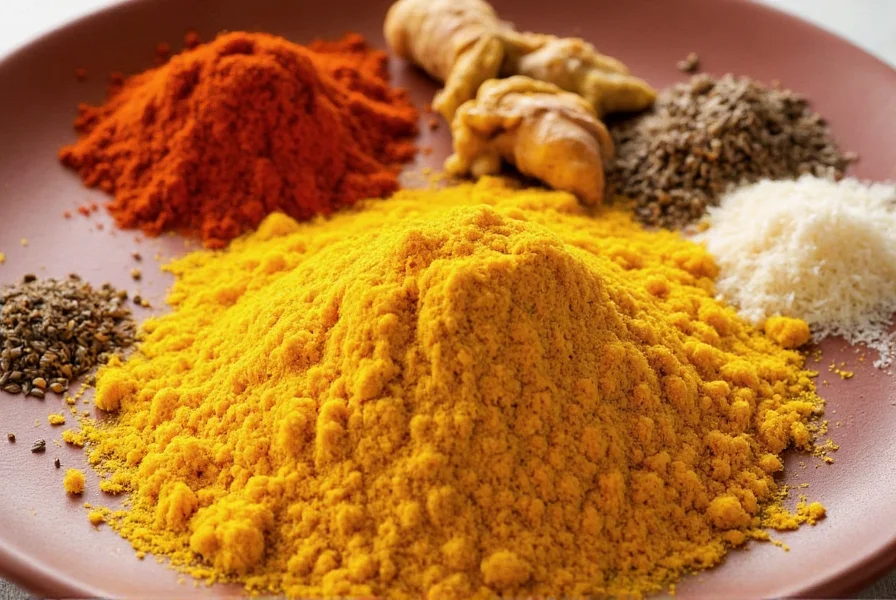
Frequently Asked Questions About Curry Powder Substitutes
What's the best curry powder substitute for beginners?
For beginners, a simple combination of turmeric, cumin, and coriander (in equal parts) makes the most approachable substitute. This trio captures the essential earthy, warm base notes of most curry powders without overwhelming complexity. Start with 1 teaspoon of each spice for every tablespoon of curry powder your recipe calls for.
Can I make curry without curry powder?
Absolutely! Traditional Indian cooking rarely uses pre-mixed curry powder—instead, cooks toast and grind whole spices fresh for each dish. You can create authentic curry flavors by using individual spices like turmeric, cumin seeds, mustard seeds, coriander, and chili powder. The key is to bloom the spices in oil at the beginning of cooking to release their full flavor.
How do I adjust measurements when substituting curry powder?
When substituting, start with about half the amount of your substitute compared to the curry powder called for in the recipe. Taste and adjust gradually, as different substitutes have varying potency. For single spices (like turmeric alone), use even less—about 1/4 to 1/3 the amount. Remember that curry powder is a blend, so substitutes may be more concentrated in certain flavor elements.
What's the difference between curry powder and garam masala?
While both are spice blends, they have distinct flavor profiles and uses. Curry powder typically contains turmeric (giving it a yellow color), coriander, cumin, and sometimes fenugreek, with moderate heat. Garam masala is warmer and sweeter, featuring cinnamon, cardamom, cloves, and nutmeg, with little to no heat. Curry powder works better for saucy dishes, while garam masala is often added at the end of cooking for aromatic finish.
Can I use curry paste instead of curry powder?
Yes, but with adjustments. Curry paste contains oil, garlic, ginger, and other wet ingredients that curry powder doesn't have. Use about 1 teaspoon of curry paste for every 1 tablespoon of curry powder, and reduce other liquids in your recipe slightly. Thai red or yellow curry paste makes the best substitute for Indian-style curry powder, though the flavor profile will differ.
How long do homemade spice substitutes last?
Homemade spice blends keep their peak flavor for about 3-6 months when stored in an airtight container in a cool, dark place. Ground spices lose potency faster than whole spices—if you make your substitute with whole spices that you toast and grind fresh, the flavor will last longer (up to 1 year). For best results, make small batches and label them with the preparation date.
Are curry powder substitutes gluten-free?
Pure spice blends like the substitutes mentioned in this article are naturally gluten-free. However, check store-bought blends for potential additives or cross-contamination warnings. Some commercial curry powders may contain anti-caking agents that could have gluten. If you're sensitive to gluten, making your own substitute blend ensures complete control over ingredients.
Can I substitute curry powder in a 1:1 ratio?
Not always. Some substitutes like Madras curry powder can be used in a 1:1 ratio since they're similar blends. However, single spices (like turmeric alone) or stronger blends (like harissa) should be used more sparingly—start with 1/2 to 1/3 the amount and adjust to taste. The best approach is to add gradually while tasting, as flavor intensity varies significantly between substitutes.
What's the mildest curry powder substitute?
Garam masala is generally the mildest substitute, especially if you choose a version without added chili. A blend of equal parts turmeric, cumin, and coriander (without additional chili powder) is also quite mild. For the absolute mildest option, try using just turmeric with a pinch of cumin—this provides the characteristic yellow color with minimal heat, though it lacks some complexity of full curry powder.
Can I use curry leaves instead of curry powder?
Curry leaves provide a distinctive citrusy, herbal flavor but don't replicate the full complexity of curry powder. They're best used as a complementary ingredient rather than a direct substitute. For closest results, combine 5-6 fresh curry leaves (or 1 teaspoon dried) with other spices like turmeric, cumin, and coriander. Note that curry leaves are completely different from curry powder—they're a fresh herb used in South Indian cooking.
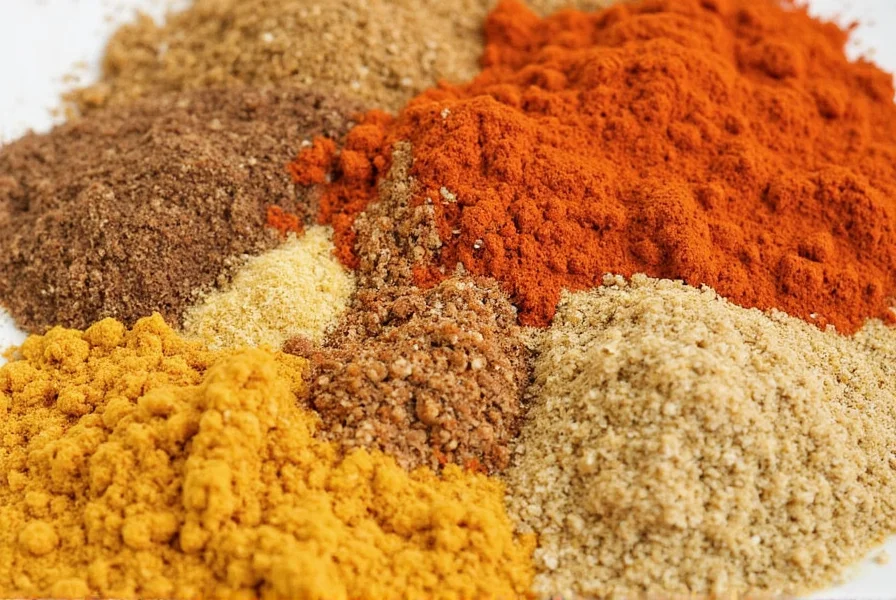
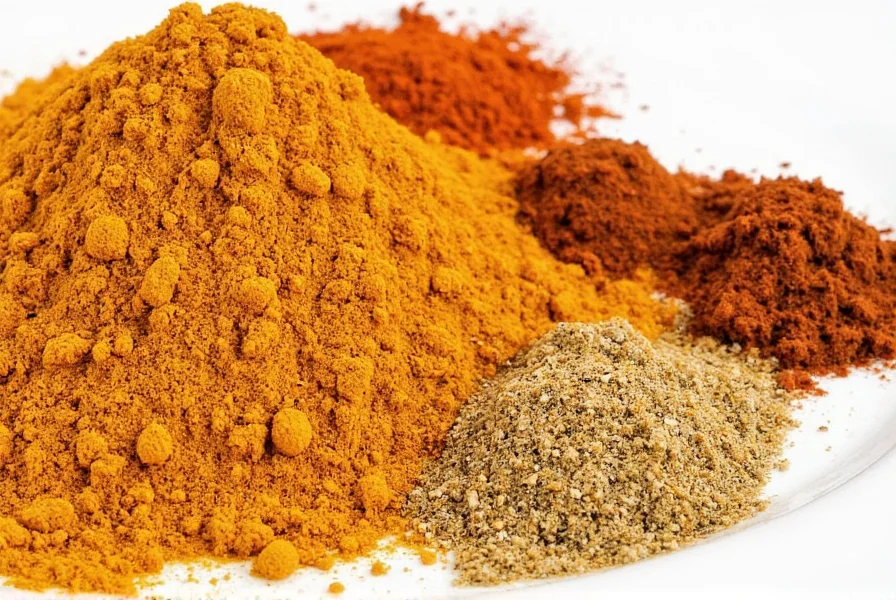
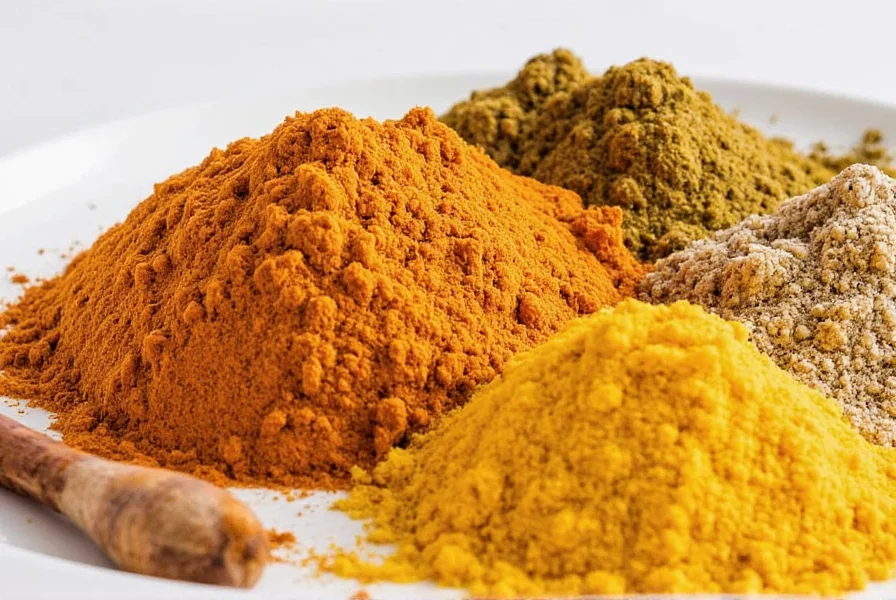
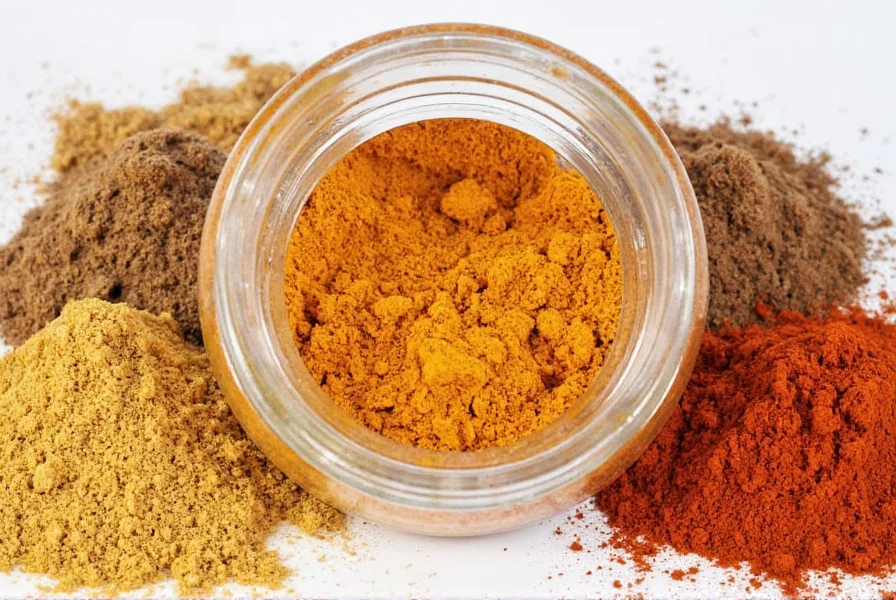
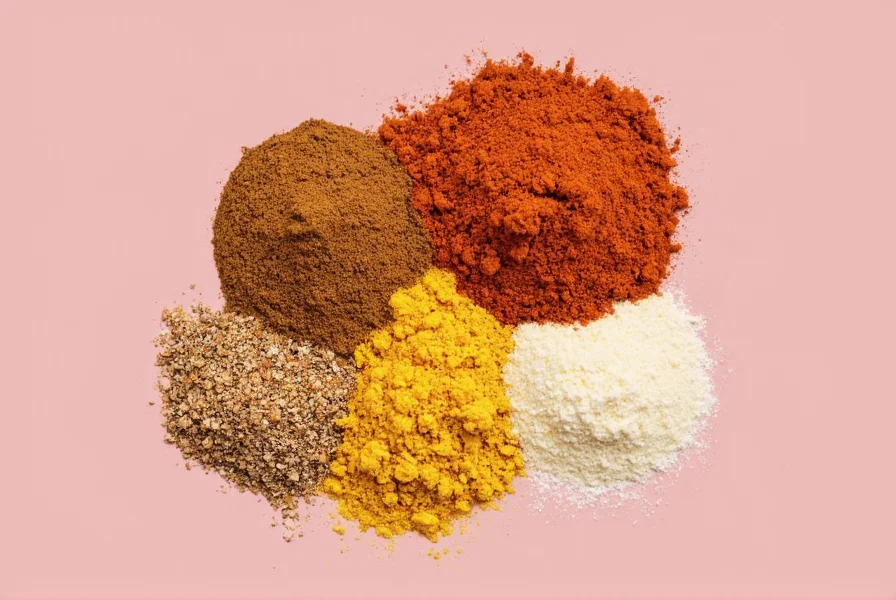

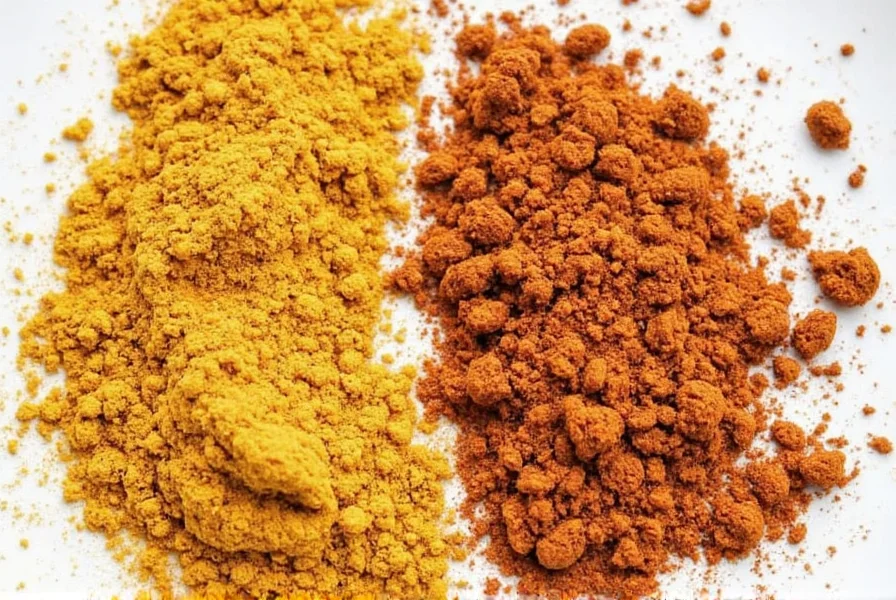









 浙公网安备
33010002000092号
浙公网安备
33010002000092号 浙B2-20120091-4
浙B2-20120091-4